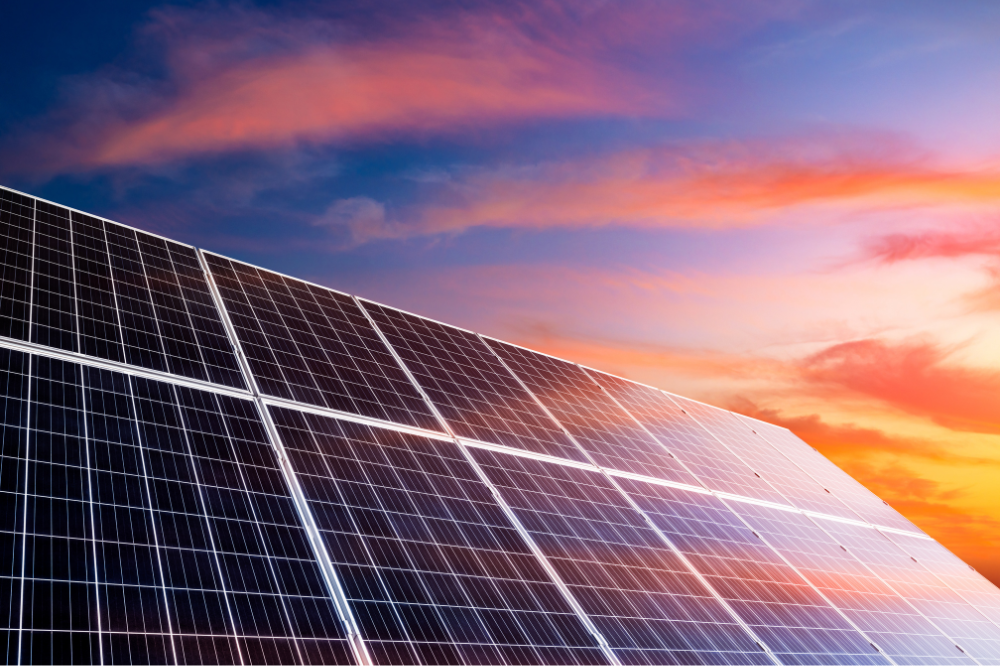
Gujarat’s hot and sunny climate provides an ideal environment for solar energy, but it also means higher electricity consumption during the summer months. A 3 kW solar panel system offers a cost-effective way for households to harness the state’s abundant solar resources, offsetting rising energy costs.
State subsidies make the transition to solar even more appealing, allowing families to save on electricity while contributing to a greener future.
With enough power to support essential appliances, you can keep cool during summer while minimising reliance on the electricity grid.
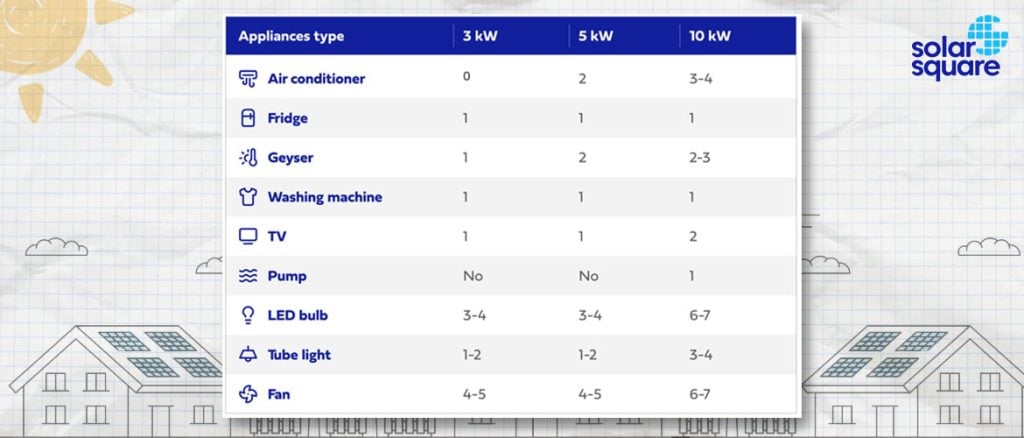
Subsidies, 3 kW Solar Panel Price in Gujarat, and key considerations for selecting the right rooftop solar system all play a role in making the switch to solar. Here’s what you need to know.
3 kW Solar Panel Price in Gujarat with Subsidy 2025
The table below outlines the cost of a 3 kW solar panel price in Gujarat, with installation—both with and without the subsidy.
| Without subsidy | ₹2,10,000 – ₹2,37,000 |
| With subsidy | ₹1,32,000 – ₹1,59,000 |
Tips for Selecting the Best 3 kW Solar System for Your Home
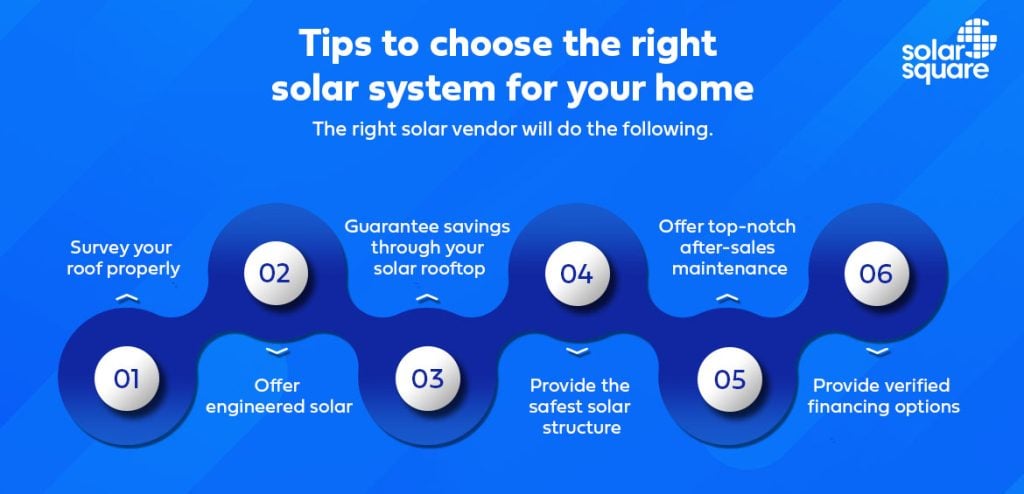
1. Opt for a Vendor Who Conducts a Proper Roof Assessment
Many local solar providers overlook the importance of a detailed roof assessment, which can result in problems like overlapping panels and awkwardly installed systems. Choose a company that leverages technology for shadow analysis throughout the year, helping identify any objects that could cause shading on your solar panels.
Additionally, they should evaluate your roof’s open space and your household’s energy consumption to ensure optimal system design, reducing the risk of hotspots, decreased power output, and even fire hazards.
2. Choose a Vendor That Designs Engineered Solar Solutions
A one-size-fits-all approach to solar doesn’t work. Many installers fail to account for your roof’s unique structure, leading to inefficient systems. Look for a vendor that offers engineered, precision-designed solutions that cater specifically to your roof’s requirements. This will ensure your system operates safely and efficiently, providing a better return on investment.
3. Select a Vendor with a Savings Guarantee
Research by CEEW and PV Diagnostics shows that over half of solar systems underperform within the first year, with a 30% further decline in the second year. Protect your investment by choosing a vendor that guarantees savings and offers compensation if your system fails to meet power generation expectations. This way, you can be confident that your solar system will deliver the promised benefits.
4. Go for a Vendor Providing Certified, Cyclone-Resistant Structures
With the increasing frequency of extreme weather events in India, choose a solar vendor that provides a system that can withstand harsh conditions. Make sure the company offers certified, cyclone-resistant structures that can endure high wind speeds, ensuring your installation is built to last.
5. Ensure the Vendor Offers Comprehensive Maintenance and Support
Solar systems, like any car/AC, need regular upkeep to perform efficiently. Ensure your vendor provides ongoing maintenance services, including cleaning and inspections, to keep your system in top condition for years.
6. Pick a Vendor That Provides Verified Financing Options
The upfront cost of solar installation can be intimidating. Opt for a vendor that offers financing options verified by trustworthy institutions, making it easier to handle the initial costs. Reliable financing can make the transition to solar energy more manageable without straining your budget.
Why SolarSquare’s 3.24 kW and 3.78 kW Systems Stand Out
SolarSquare’s solar systems offer more than just the standard 3 kW package, featuring advanced Monoperc half-cut bifacial modules that produce 545 watts per panel. This means fewer panels are needed—six for a 3.24 kW system and seven for a 3.78 kW system—resulting in efficient installations. In contrast, standard 3 kW systems would require an impractical number of panels (about 5.5).
Key Features and Benefits:
- Quick Installation: Our systems can be set up in under 8 hours using factory-precision components.
- Comprehensive Maintenance: Every installation includes regular monthly maintenance visits over five years, which cover deep cleaning and preventive checks.
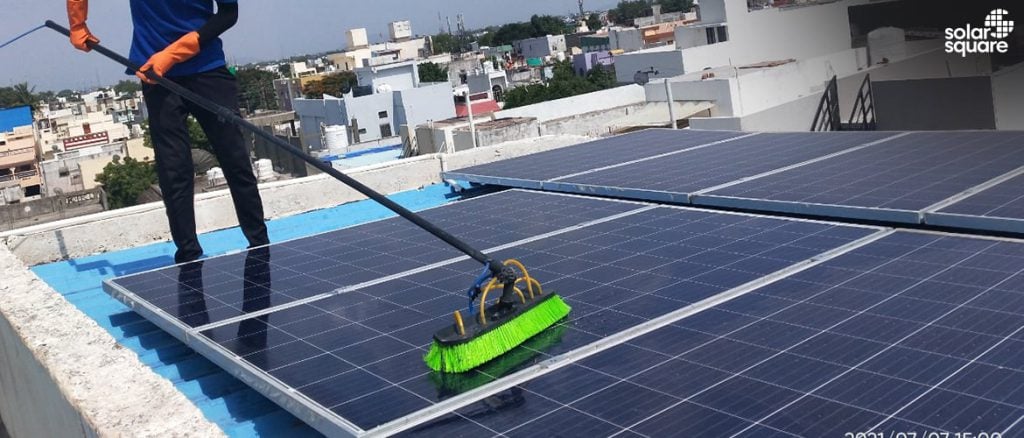
- Leak-Proof Assurance: We prevent roof leaks with HILTI AirTight chemical anchoring and offer ₹1 lakh guarantee in the rare case of any damage caused to the roof.
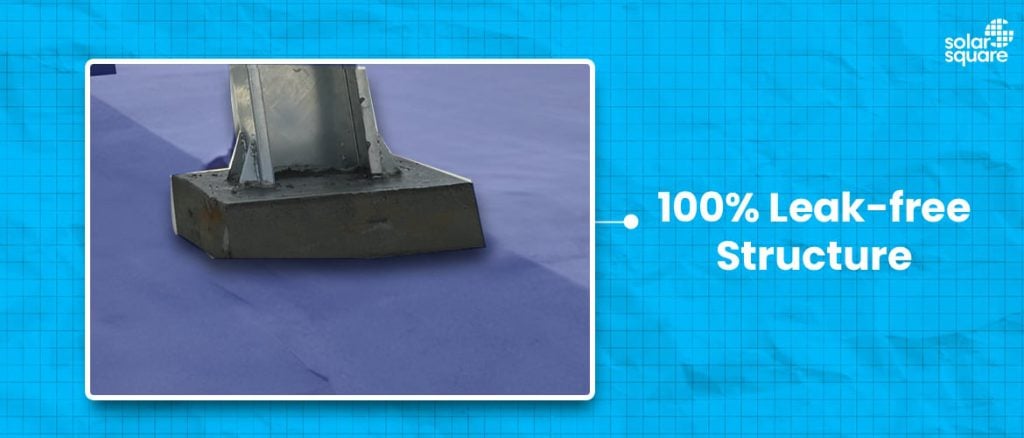
- Guaranteed Savings: If the system doesn’t generate the promised units, we’ll compensate you at ₹8 per unit.
- Storm-Proof Design: Built to withstand winds up to 170 km/h, our WindPro Mount™ is approved by IIT-Bombay.
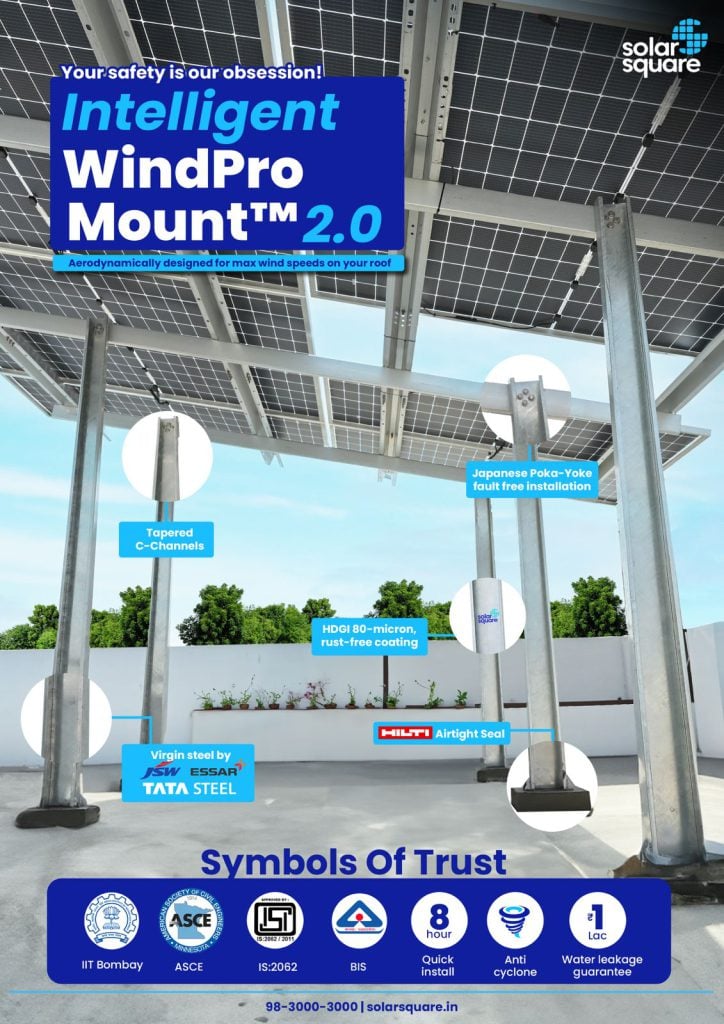
- High-Quality Materials: Crafted from virgin steel, our systems are rust-resistant and built to last at least 25 years.
- In-House Service: Our dedicated team manages everything from installation to maintenance, ensuring consistency and quality.
- Easy Financing: SolarSquare offers flexible EMI plans from 6 to 60 months. The government subsidy offsets the down payment, making it possible to go solar without any initial out-of-pocket expenses. Your monthly payments can be aligned with your electricity savings, and excess power can generate credits under the PM Surya Ghar Muft Bijli Yojana.
Get started with SolarSquare’s 3 kW solar system for your home in Gujarat by booking a free consultation today.
FAQs
Q1. How many solar panels do you need for a 3 kW system?
Ans. For a 3 kW system using SolarSquare’s 545-watt bifacial panels, you’ll need around six panels (3,000 watts/545 watts per panel, rounding up from 5.5 panels). Older technology panels with lower wattage may require more units to reach the same capacity.
Q2. How much power does a 3 kW system generate?
Ans. A 3 kW system can produce about 4,200 kWh annually, depending on location, panel quality, and weather.
Q3. What appliances can a 3 kW solar system power?
Ans. A 3 kW system can support several appliances, including:
- 4-5 ceiling fans
- 3-4 LED lights
- 1-2 tube lights
- Air conditioner
- Refrigerator
- Television
- Washing machine
- Kitchen appliances (microwave, mixer)
- Laptops and chargers
This capacity typically meets the energy needs of a medium-sized household in India.
Q4. How many AC units can a 3 kW solar system run?
Ans. A 3 kW solar system may not be able to power air conditioners (AC) with a few other small appliances. Furthermore, running multiple ACs simultaneously will exceed the system’s capacity, especially during non-peak sunlight hours.
Q5. Is a 3 kW system enough for the entire house?
Ans. A 3 kW system generally covers the basic energy needs of an average Indian home. For higher consumption, you may need a larger system.
Q6. Is my roof suitable for a 3 kW solar system?
Ans. SolarSquare will perform a detailed inspection and shadow analysis to ensure your roof is suitable for a 3 kW system, allowing for a customised design.
Q7. Can I expand my existing 3 kW solar system?
Ans. Yes, you can upgrade your SolarSquare rooftop system. Contact us for more information on expansion options.


 1176 Reads
1176 Reads 6 mins
6 mins




.png)


.png)